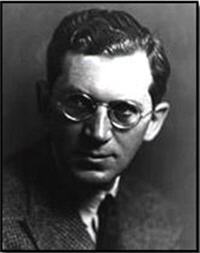From “Movies of the 20s”, Jurgen Muller, editor (Taschen), video clip from “Broadway – The American Musical” (PBS)
Watching the movie today, the dialog on the intertitles seems tired and outdated and the players’ gestures very theatrical. But the reason why the Jazz Singer occupies such an important place in the history of cinema is not so much the story as its technical achievement. Read the rest of this entry »


